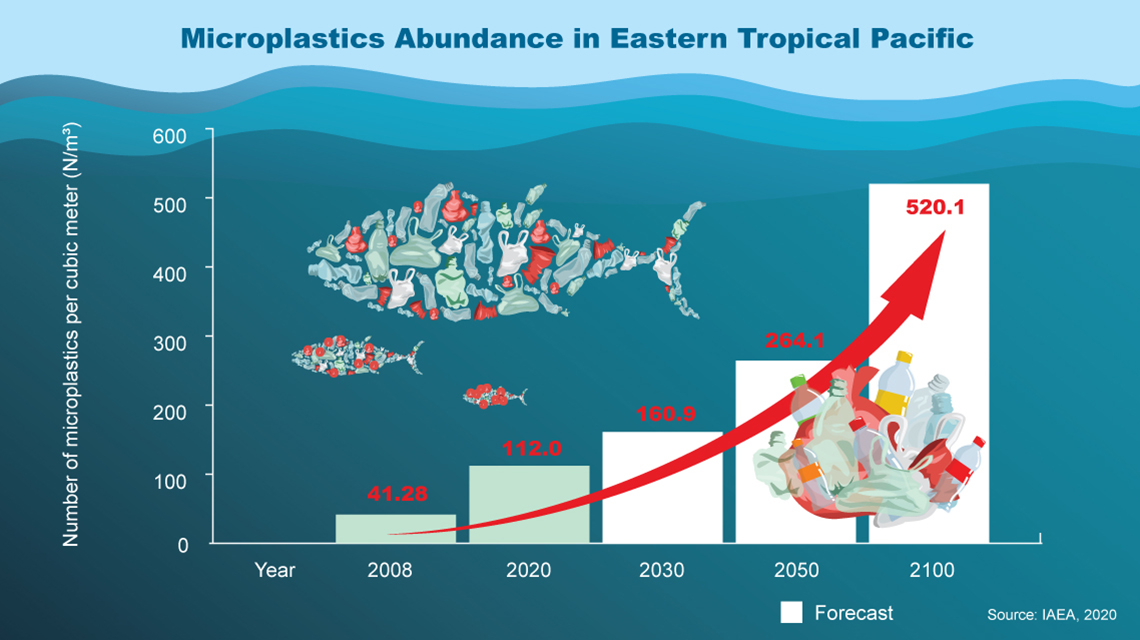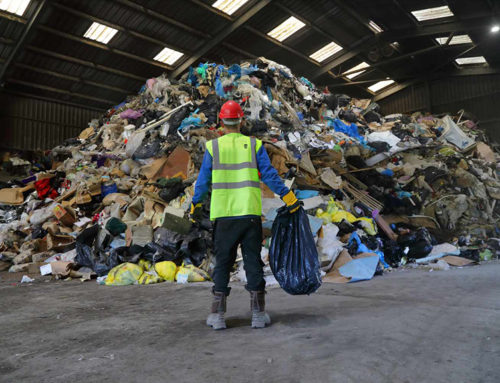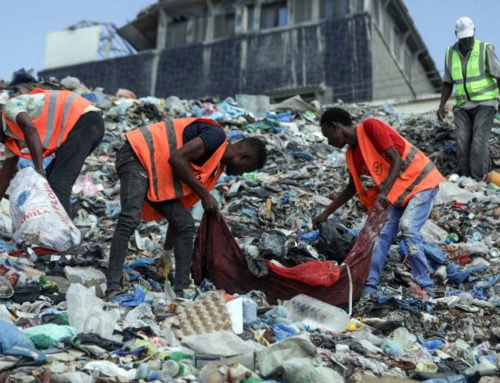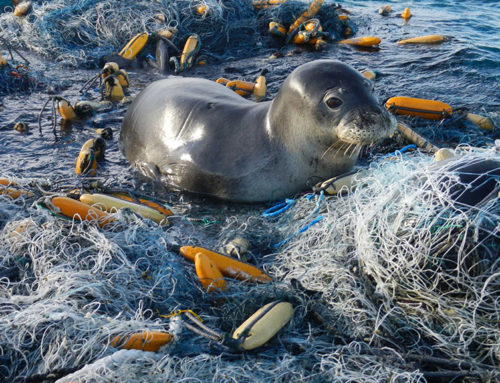Microplastics are tiny, often virtually invisible fragments of plastic that have become an environmental menace that silently infiltrates every corner of our planet. These minuscule particles may seem harmless because we simply don’t see them, but they pose a significant threat to both the environment and human health. Consumers can make a difference by making conscious choices that reduce the presence of micro-plastics.
Understanding what Microplastics are:
Microplastics are small plastic particles, less than five millimeters in size, that come from various sources, the majority being consumables – things we buy and use every single day without thought of the long-term effect our purchases make. Microplastics come as the result of the breakdown of larger plastic items, like water bottles and bags, due to weathering, or surprisingly, they are deliberately manufactured for use in products like cosmetics and textiles. These minuscule particles are so pervasive that they’ve found their way into our water, air, soil, and even our bodies with detrimental consequence.
One of the most concerning, and publicly recognized aspects of microplastics is their presence in our oceans. These tiny particles absorb toxic chemicals from their surroundings and literally create a toxic cocktail for marine life. Fish and other sea creatures mistake micro-plastics as being edible, which causes these pollutants to eventually end up on our dinner plates – just one of the ways they pose health risks to human life.
It’s not just the oceans however; microplastics also contaminate our terrestrial ecosystems. They are found in our soils, affecting plant growth and, consequently, our food supply. In addition, micro-plastics can become airborne. This leads to respiratory problems for both humans and animals – you can’t see it, but it exists and people aren’t talking about it.

The Threat of Single-Use Plastics
One of the primary sources of microplastics is single-use plastics. Single-use plastics are designed for one-time use and are commonly found in items like plastic bags, disposable cutlery, straws, and packaging. The convenience they offer has made them a staple in our fast-paced lifestyles but the overproduction and improper disposal of single-use plastics have exacerbated the micro-plastics problem.
As consumers, we can empowering change in the fight against microplastics. Here’s how:
- Choose Sustainable Alternatives: Opt for reusable items over single-use plastics. Invest in a durable water bottle, use cloth bags, and consider using eco-friendly alternatives for everyday items.
- Mindful Recycling: Make recycling a habit. Ensure that you follow proper recycling guidelines for your area. Specifically, when it comes to ink cartridges, use OEM (Original Equipment Manufacturer) cartridges and recycle them through authorized channels.
- Support Micro-plastic Research: Back organizations and initiatives working to research and combat micro-plastics. These efforts are crucial in understanding and addressing the issue.
- Spread Awareness: Share knowledge about micro-plastics with your friends and family. The more people are aware of the problem, the more likely we are to find sustainable solutions.
Where microplastics may be small, their impact is enormous on our health and the health of our current and future environment. By making conscious choices and adopting sustainable practices, we can reduce the prevalence of micro-plastics across the planet. Consumers need to acknowledge the threat of how our consumerism is affecting the Earth and take action to secure a cleaner, healthier future for this and future generations.






